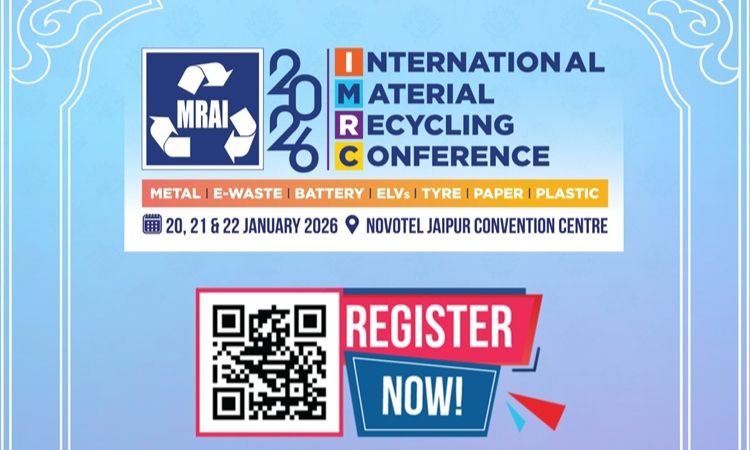Sailun Group sets ambitious goal: 100% sustainable tires by 2050
Sailun Group's Director of the National Engineering Research Center for Rubber and Tire and Honorary Chairman, Yuan Zhongxue, announced the company’s sustainable development goals (SDGs) during the 2024 China Rubber Conference on March 27th.
By 2030, Sailun aims to increase the sustainable materials used in tire production to 40% and to achieve 100% by 2050. Additionally, the goal is to reduce energy consumption and carbon emissions by 30% per tire by 2030 compared to 2022 levels.
At the conference, Sailun Group showcased the current status and future plans for sustainable materials in tires, presenting two high-content sustainable material tires: a passenger car radial tire (PCR) with 75% sustainable material content and a truck and bus radial tire (TBR) with 80% sustainable material content. Both tires feature rolling resistance coefficients of 6.0 and 3.8, respectively, meeting the EU’s highest labeling standard, Grade A.
These tires represent full life cycle sustainability through innovative advancements in materials, compounds, and construction design. The compounds use butadiene rubber synthesized from butadiene monomers obtained from waste oil pyrolysis, carbon black from waste tire pyrolysis oil, and silica produced using the carbonic acid method instead of sulfuric acid. Additionally, zinc oxide is produced from recovered zinc, steel cords and bead wires from recycled steel, and polyester cords from recycled PET. The construction design incorporates new materials like plant-based rayon and PA56 to replace traditional polyester and nylon cords, further enhancing the eco-friendly transformation of tire materials.
Sailun Group remains committed to providing low-carbon tire solutions, promoting green mobility, and contributing to a better future.
Weibold is an international consulting company specializing exclusively in end-of-life tire recycling and pyrolysis. Since 1999, we have helped companies grow and build profitable businesses.









